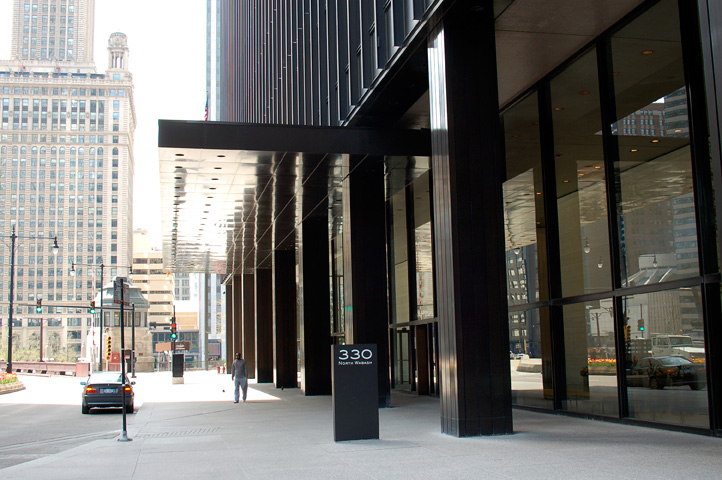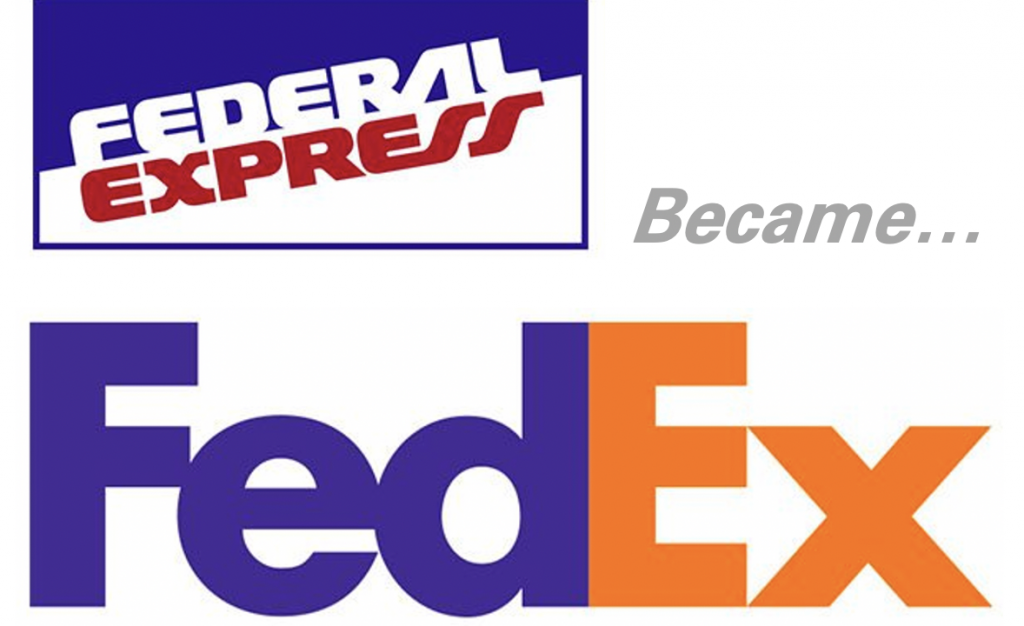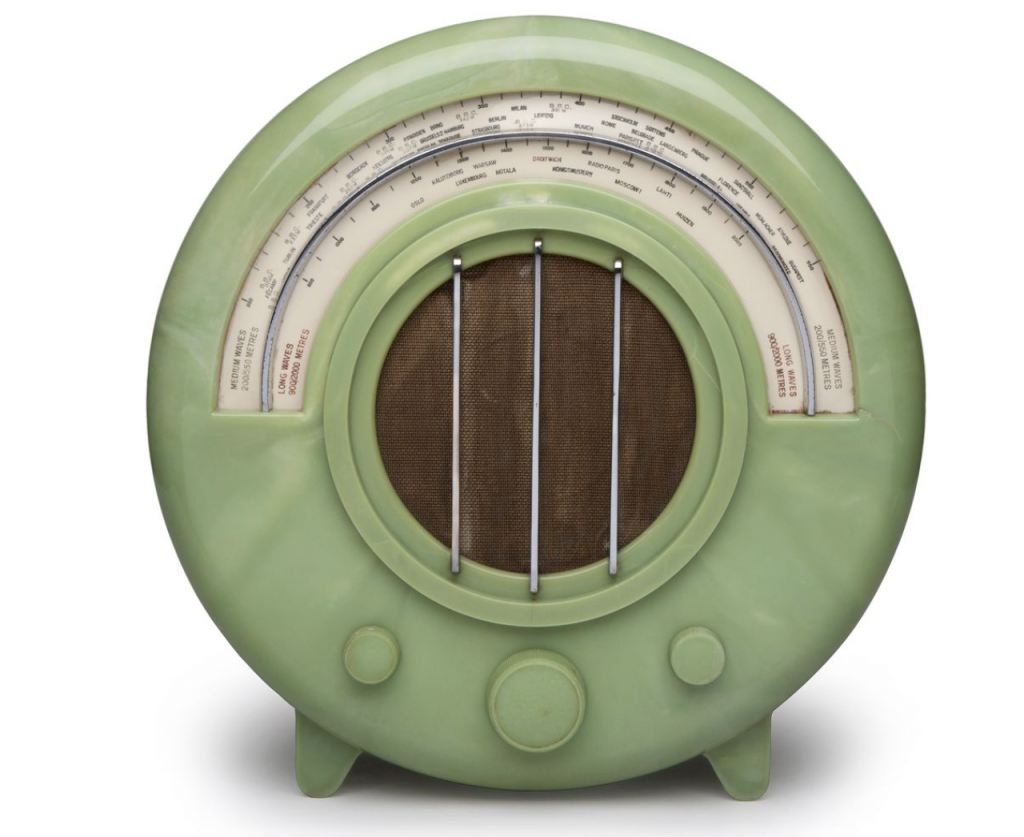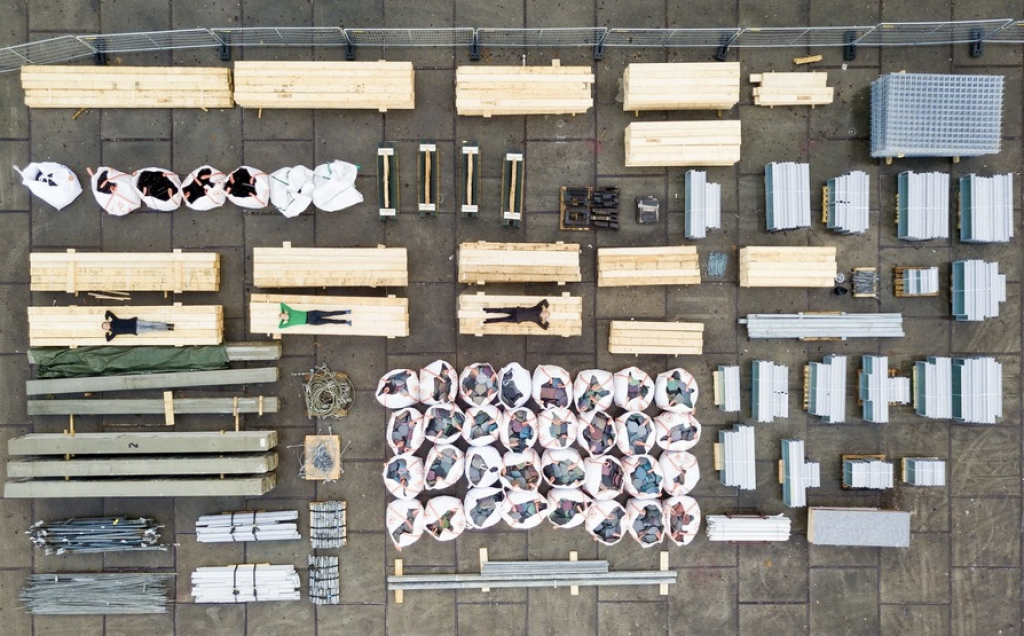Seeing is Forgetting the Name of the Thing One Sees. A fantastic title, right? I was having a coffee meeting with a new product designer a few months back. As can happen, I was pretty wound up, going on about the need for usability and human-centric design in cybersecurity. She told me, “you need to read Seeing is Forgetting the Name of the Thing One Sees.”
The book covers conversations Lawrence Weschler, the author, had over three time periods with Robert Irwin. It gets to the heard of Irwin’s philosophy and approach. Irwin began abstract in the 1960s. He painted lines. He painted dots. But when displaying his work, Irwin noticed the way the art was experienced was influenced by factors outside of his paintings. Any of us who have seen optical illusions with colors and lines understand this instinctively and likely think nothing of it. But to Irwin, who was obsessed with the experience to the point of banning photography, this simply wouldn’t do. Irwin took to replastering and repainting walls, sometimes whole studios, where his art was displayed.
Robert Irwin insisted on controlling the entire experience and this led to the realization that the surroundings were just as important as the artwork itself.
We’ve been slow at coming to a similar realization in cybersecurity. Consider the Web application. A thousand things have to go right for it to work, and a thousand things can go wrong from a security perspective. OWASP framed these issues up into a top 10 list. This simplified the work of developing a secure Web app. However, OWASP initially focused solely on the app itself. Of the six releases since 2003, only the last two releases included the walls and studios, the vulnerable server components, on the OWASP top 10. We’re slow to recognize the importance of the surroundings.
Robert Irwin’s obsession with the surroundings transformed the artist from painter to landscaper. He has gone on to produce more than fifty large scale projects since 1975.
From the perspective of a designer, we must consider how the new capability fits into the existing cybersecurity portfolio and, more broadly, into the organization. We have to replaster the walls. We must make sure it fits in the studio. From the defensive perspective, this makes a lot of sense. A criminal faced with a strong control will look at the environment for other weaknesses and take advantage of gaps. From the usability perspective, Robert Irwin reminds us that how something is seen is as much about the thing as it is about the overall experience.
Security is not the control itself. Security is the surroundings.
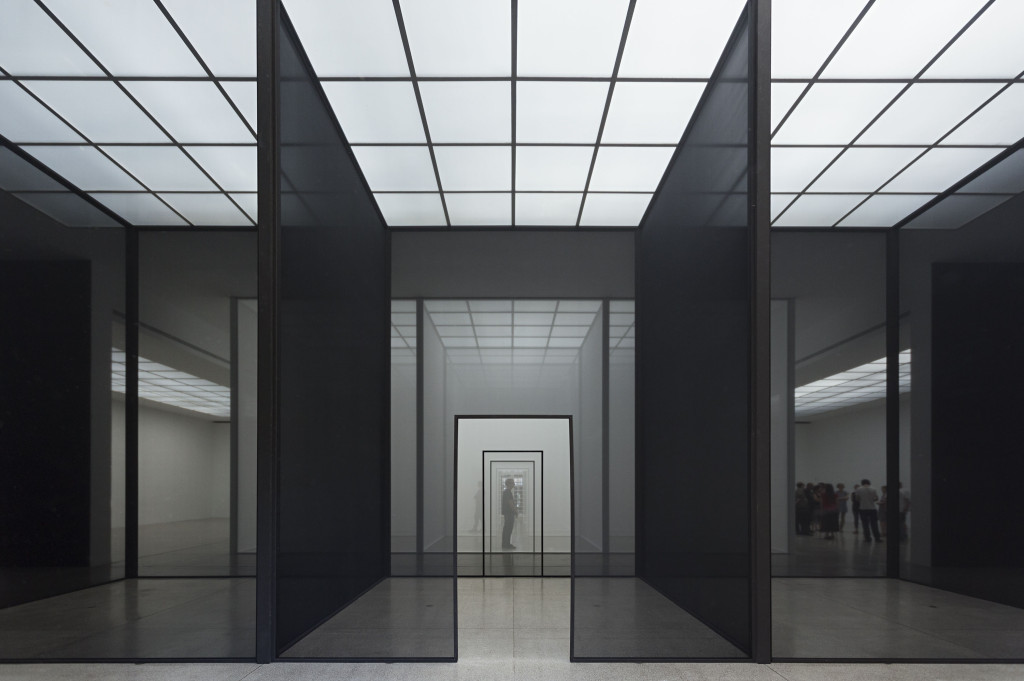
Photography: Philipp Scholz Ritterman
This article is part of a series on designing cyber security capabilities. To see other articles in the series, including a full list of design principles, click here.
